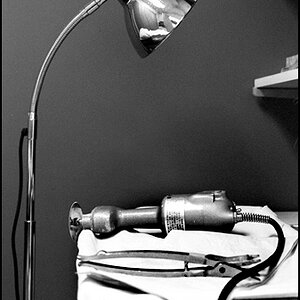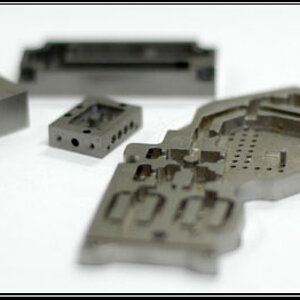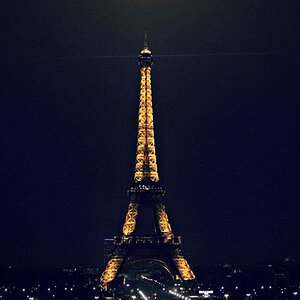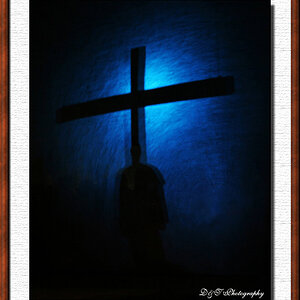RedStarRevels
TPF Noob!
- Joined
- Dec 3, 2007
- Messages
- 8
- Reaction score
- 1
- Location
- Dublin, Ireland
- Can others edit my Photos
- Photos NOT OK to edit
Hi everyone,
I'm writing an article on the future of film photography, and I need some opinions! If you love film, tell me why. What are the benifits? What aspects are unique? Does film have a long term future? All (constructive) comments are welcome.
Thanks.
RSR
I'm writing an article on the future of film photography, and I need some opinions! If you love film, tell me why. What are the benifits? What aspects are unique? Does film have a long term future? All (constructive) comments are welcome.
Thanks.
RSR


![[No title]](/data/xfmg/thumbnail/31/31013-b871f1d295c83b831c1423028e1ce5dc.jpg?1619734568)

![[No title]](/data/xfmg/thumbnail/32/32926-ec27ecead8c80d803404500d8f888dbf.jpg?1619735754)


![[No title]](/data/xfmg/thumbnail/40/40307-b3813381d3c1ef8282c72905405b50fe.jpg?1619739413)

![[No title]](/data/xfmg/thumbnail/31/31012-f5e0c7cdea2f2c3e44737e3f61c2461a.jpg?1619734567)



![[No title]](/data/xfmg/thumbnail/30/30879-16ad830465e571dee0a784c7fa122909.jpg?1619734493)